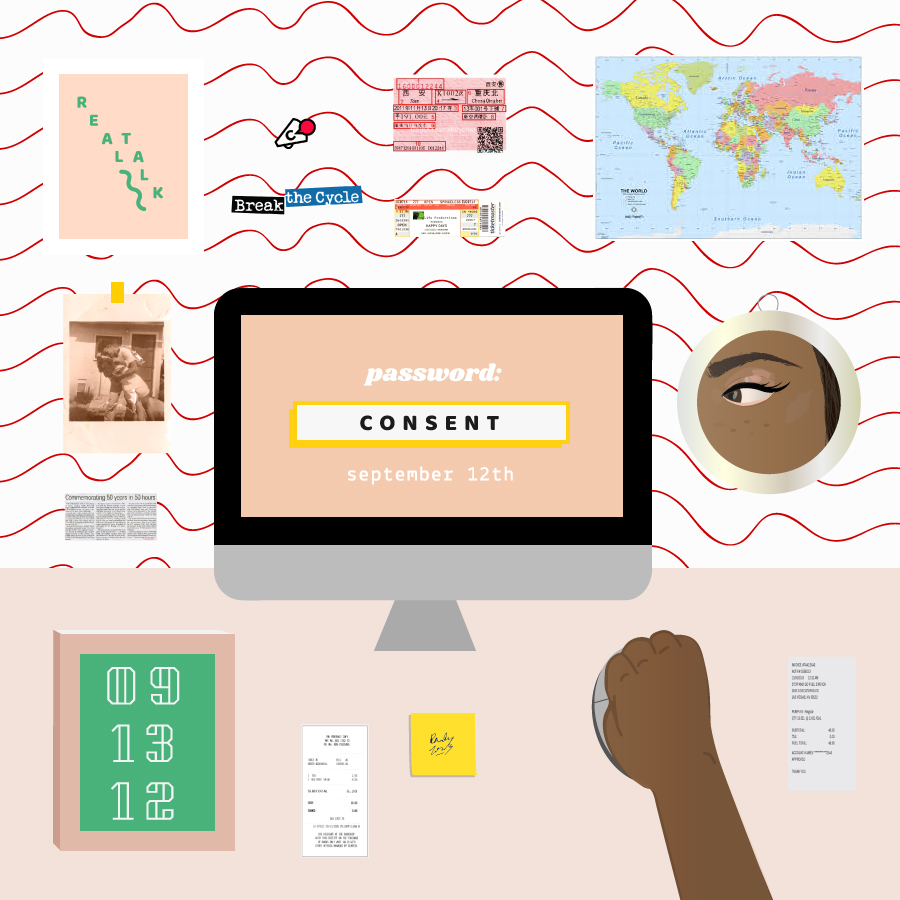Password: Consent

Did you know that there is a stretch of time when college students are more likely to be sexually assaulted than at any other time in their college career? It’s called the Red Zone and according to the Department of Justice, it’s the time between when a student first arrives on campus in late August and Thanksgiving break.
Developed by Break the Cycle and Project Consent, the Password: Consent campaign provides important information about The Red Zone and the tools to facilitate conversation and education on your campus to help end it. This toolkit starts at the very beginning by promoting a culture of healthy relationships where boundaries are respected and consent is the key.
The Password: Consent toolkit offers tools for promoting a culture of healthy relationships and consent on college campuses. The toolkit includes:
- Key statistics on young people’s experiences of sexual violence
- Sample social media posts and tips for setting and respecting boundaries
- Strategies for facilitating community conversations around consent
Download the Password: Consent toolkit to access tools to end the Red Zone and promote a campus culture of consent. Be sure to tag any social media posts with #ThePWord!

